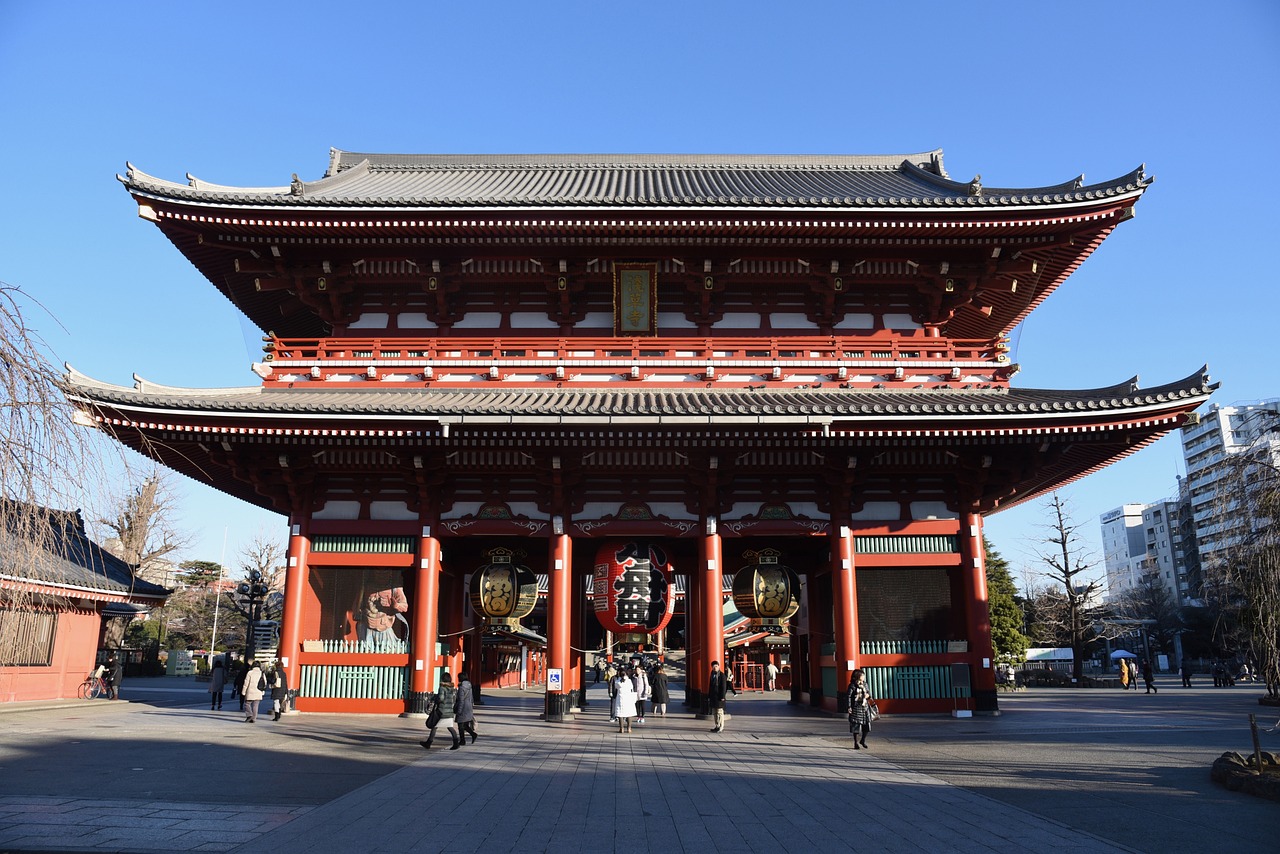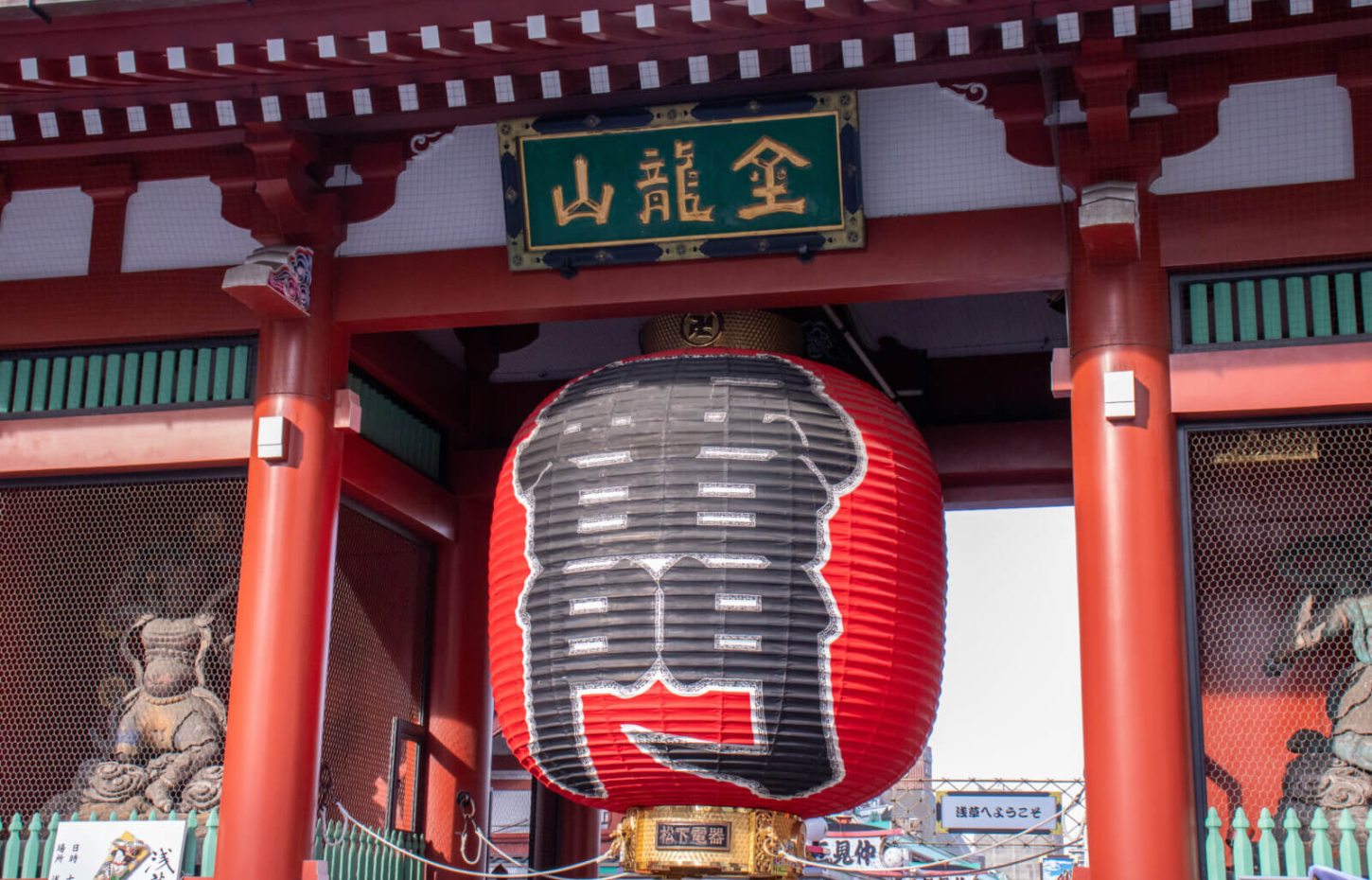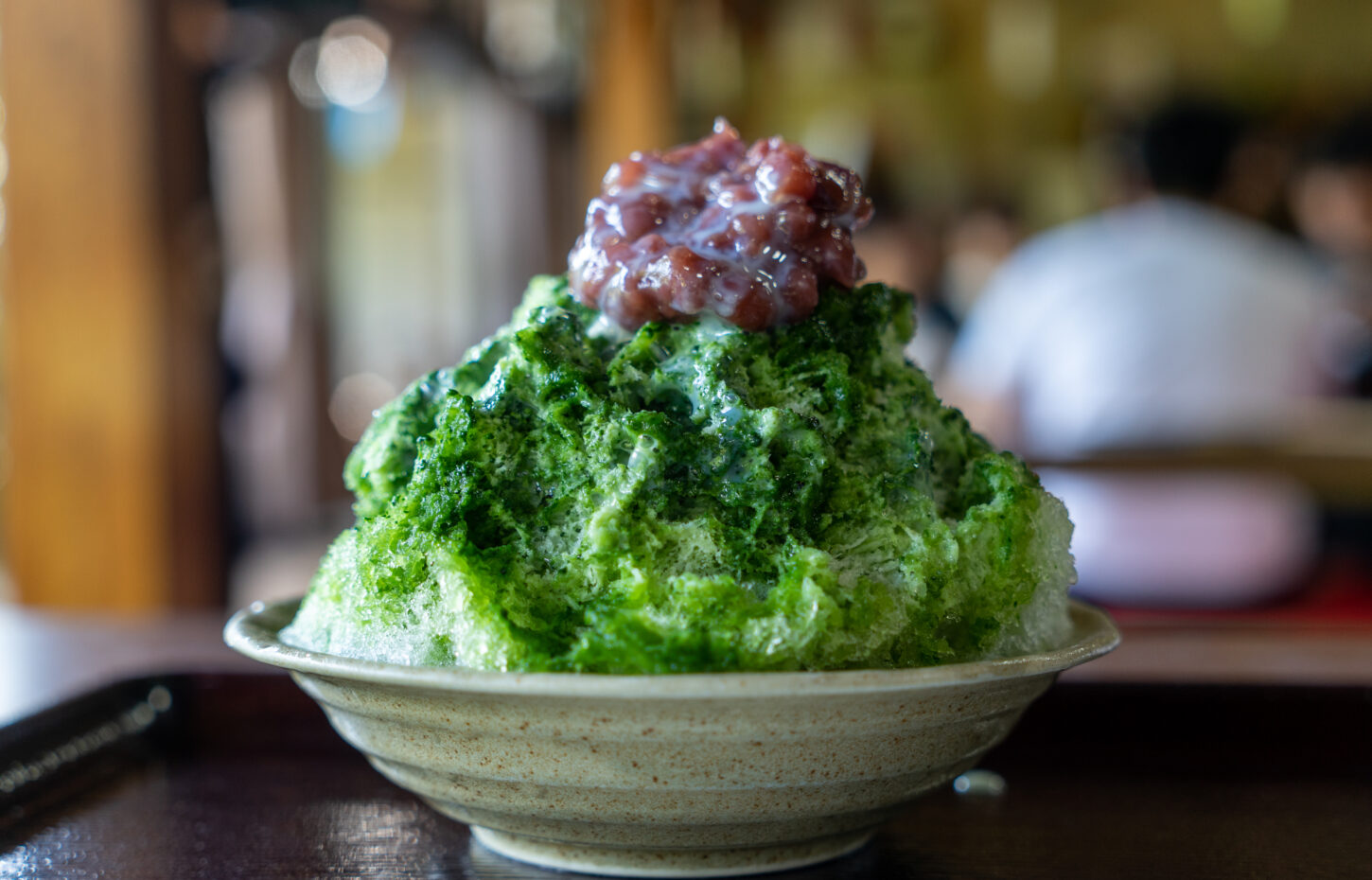
Asakusa’s Complete Sightseeing Guide | 10 Carefully Selected Spots from Kaminarimon to Hidden Gems Part①

This article carefully introduces sightseeing spots that can be enjoyed by first-time visitors to Asakusa as well as repeat visitors. Covering everything from classic spots like Kaminarimon and Senso-ji Temple to hidden gems known only to locals, it provides a broad overview of Asakusa’s must-see attractions. With this guide, you can instantly understand the highlights of Asakusa sightseeing, access information, and seasonal enjoyment options, making it a perfect guide for a fulfilling time.
1. What Makes Asakusa’s Charm
1.1 A Town Full of History and Culture
Asakusa is one of Tokyo’s leading tourist destinations, with a rich history and culture that have persisted since the Edo period. Especially around historic temples like Senso-ji and Asakusa Shrine, the nostalgic atmosphere of old Japan still lingers today. Senso-ji was founded in the Nara period and is known as the oldest temple in Tokyo, attracting many visitors every year. This area, once thriving as a temple town, was also a hub for theaters and yose (comic storytelling venues) during the Edo period, serving as a center for culture and entertainment.
Even now, visiting places like Asakusa Entertainment Hall allows you to enjoy traditional performing arts such as rakugo and manzai casually, making it a valuable spot where you can experience traditional Japanese culture in modern daily life. The streets are dotted with craftsman skills like ukiyo-e and ningyo-yaki (doll-shaped cakes), continuing from the Edo era, offering a culturally rich sightseeing experience.
1.2 A Fusion of Downtown Atmosphere and Modern Tourist Facilities
Another major attraction of Asakusa is the fusion of the warm, friendly atmosphere of the downtown area with modern tourist facilities. Between long-established restaurants and shops, you’ll find modern cafes, observation decks with views of Tokyo Skytree, and new experiential facilities, providing diverse ways to enjoy your visit.
For example, the Asakusa Culture and Tourist Information Center, designed by Kengo Kuma, skillfully incorporates Japanese aesthetics into contemporary architecture and is popular not only as a tourist info spot but also as an observation space. Nearby attractions like Tokyo Skytree and Sumida River cruises also allow visitors to enjoy the broader appeal of the Asakusa area, making the experience even richer.
Another charm point is the close relationship with local residents. Shopping in shopping streets or taking a break at traditional cafes exudes a nostalgic, warm atmosphere, allowing visitors to feel the authentic, lived-in side of Asakusa despite its popularity as a tourist destination.
| Elements of Attraction | Details |
|---|---|
| History & Tradition | Senso-ji Temple, Asakusa Shrine, entertainment halls, rakugo, etc. |
| Cultural Experiences | Rickshaw rides, kimono rentals, traditional crafts |
| Modern Facilities | Asakusa Culture and Tourist Information Center, access to Tokyo Skytree |
| Downtown Atmosphere | Shopping streets, souvenir shops, long-established eateries |
| Location & Convenience | Easy access from the city center, connectivity with surrounding areas |
In this way, Asakusa is a rare sightseeing spot where tradition and innovation, culture and daily life intersect. Visitors can perceive Asakusa’s multifaceted charm from different perspectives and spend memorable, special moments.
2. Touring Classic Spots
2.1 Highlights of Senso-ji Temple and Kaminarimon
A must-see landmark in Asakusa sightseeing is the iconic “Senso-ji Temple” and “Kaminarimon” gate. Senso-ji, founded in 628 AD, is said to be the oldest temple in Tokyo, carrying its history and faith to this day. The formal name of Kaminarimon is “Furaijin Gate,” and passing under the lantern, you’ll see the fierce statues of the wind god and thunder god on either side, leaving a strong impression on visitors.
Beyond Kaminarimon is “Nakamise Street,” lined with about 90 shops, leading to the main hall. Many visitors come to the main hall throughout the year, where they can experience omikuji (fortune-telling) and incense offerings. Behind the main hall is the “Obinzuru-sama,” believed to heal ailments when touched on the affected area.
At night, the illumination creates a different, mystical atmosphere, making it an excellent spot to enjoy the evening ambiance of Asakusa.
2.2 The History of Asakusa Shrine and Sanja Matsuri
Next to Senso-ji is “Asakusa Shrine,” dedicated to the three founders of Senso-ji, also called “Sanja-sama.” As the main festival of this shrine, the “Sanja Matsuri,” one of Tokyo’s three major festivals, is held grandly every May, showcasing the lively local culture and the enthusiasm of the parishioners.
During Sanja Matsuri, over 100 portable shrines (mikoshi) parade through the streets, carried by lively participants in traditional happi coats, shouting energetically. Visiting during this period is highly recommended. The shrine grounds also feature ancient trees from the Edo period and a serene atmosphere, allowing for a relaxed visit even outside festival times.
2.3 Shopping and Eating on Nakamise Street
“Nakamise Street” is a roughly 250-meter shopping arcade connecting Kaminarimon to the main hall of Senso-ji, making it one of Japan’s oldest shopping streets with a history dating back to the mid-Edo period. It offers a variety of Japanese sweets, crafts, kimono accessories, and traditional goods, with a particular popularity for food tasting while walking.
Here are some popular, classic street foods on Nakamise Street:
| Shop Name (Example) | Signature Food | Features |
|---|---|---|
| Asakusa Kuzuho | Fried Manju | Crispy outside, moist inside. Lightly sweet, popular |
| Kimura-ya Main Store | Ningyo-yaki | Sweet bean-filled castella shaped like Kaminarimon and Five-storied Pagoda |
| Suzuki-en | Matcha Gelato | Rich in matcha flavor, known as the world’s richest matcha ice cream |
Recently, photogenic Japanese-style sweets are also gaining popularity, and enjoying taking photos of sweets with traditional Japanese scenery as a background has become one of the attractions of sightseeing. When tasting street foods, be mindful of pedestrians and enjoy within designated areas.
3. Recommended Areas to Explore in Asakusa
3.1 Hoppy Street and Showa Retro Izakayas
One of the delights of Asakusa sightseeing is feeling the downtown atmosphere firsthand while interacting with locals and tourists. Especially on “Hoppy Street,” the street is lit with red lanterns in the evening, and Showa retro izakayas line the street. Also called “Nimono Street,” it is known as the heart of the local izakaya culture that has continued since the postwar era, featuring simmered dishes, yakitori, and Hoppy beer as trademarks.
It’s easy for beginners to visit, with many shops open from early afternoon. Some places have outdoor terrace seating, creating opportunities for spontaneous interactions with locals and lively conversations about travel. The nostalgic dishes and warm hospitality make this a spot where you can directly experience the essence of Asakusa.
3.2 Traditional Streets of Dento-in Street
Located north of Senso-ji, “Dento-in Street” features traditional wooden buildings reminiscent of Edo-period townhouses. About 200 meters long, the arcade is lined with craft shops, candy artisans, and Japanese miscellaneous goods, making it a visually enjoyable street.
The name “Dento-in” comes from the temple’s sub-temple, which is sometimes open to the public in spring, showcasing beautiful gardens. The street is loved across generations, with long-established shops and candy artisans performing live demonstrations, offering a rare glimpse into Edo culture. Walking here, you can feel the atmosphere of Edo craftsmanship and tradition.
Pay attention to details like lanterns, tile roofs, and lattice doors, which highlight the beauty of Japanese architecture. Known for its photogenic appeal, it is a popular spot for both domestic and international tourists.
3.3 Kappa Bridge Tool Street for Professional Equipment Experiences
Within walking distance from Asakusa, the “Kappa Bridge Tool Street” is an area appealing to cooking enthusiasts and industry professionals. Extending about 800 meters, it features over 170 stores selling professional-grade cooking utensils, tableware, signboards, and food samples.
| Category | Representative Products | Features |
|---|---|---|
| Cooking Utensils | Knives, pots, griddles | High-quality items used by professionals |
| Tableware | Japanese and Western tableware, lacquerware | Wide range from commercial to household use |
| Food Samples | Restaurant menu models | Realistic appearance, popular among tourists |
| Store Supplies | Signboards, noren curtains, decorations | All-in-one for store setup |
It’s popular not only for shopping but also as a spot to enjoy just by looking, especially among overseas tourists who love the realistic food samples. Some stores even offer hands-on food sample making experiences, making it a favorite for families creating memorable trips.
The origin of the name “Kappa Bridge” has several theories, but the most accepted is that it was called “Unuma Bridge” because craftsmen wearing straw raincoats (mino) could quickly repair river embankments in case of rain, and the name evolved into “Kappa Bridge.” In line with this unique origin, statues of kappas (mythical water creatures) are scattered along the street, making it a charming accent for walking around.
Though slightly away from the hustle and bustle of Asakusa, this area offers a calm atmosphere for leisurely shopping and sightseeing. Stopping by during your tour will surely captivate you with its visually appealing storefronts and specialized products.
About Miyakodori
Since its founding in 1950, Miyakodori has consistently offered authentic geisha entertainment.
The only inn in Asakusa with a geisha master with over 55 years of experience.
Experience genuine geisha culture at Miyakodori.
https://miyakodori-geisha.com/









No comments yet.